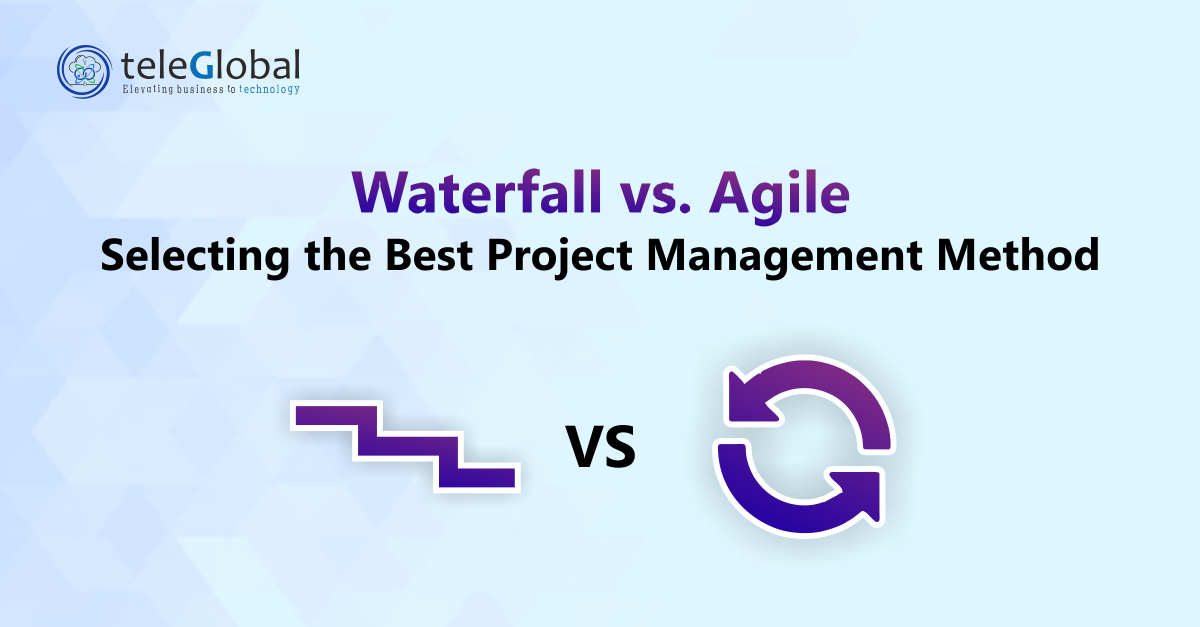
| Author: Kamlesh Kumar | Published: 28-Feb-2023 |
In India, US, UAE, and Europe, companies depend on strong project management to deliver results. Teams must choose the right project management methodology for success. Two common methods are Waterfall vs Agile.
Waterfall uses step-by-step progress, while Agile project management allows flexibility. Each model fits different needs. Picking the right method reduces cost, avoids delays, and improves delivery.
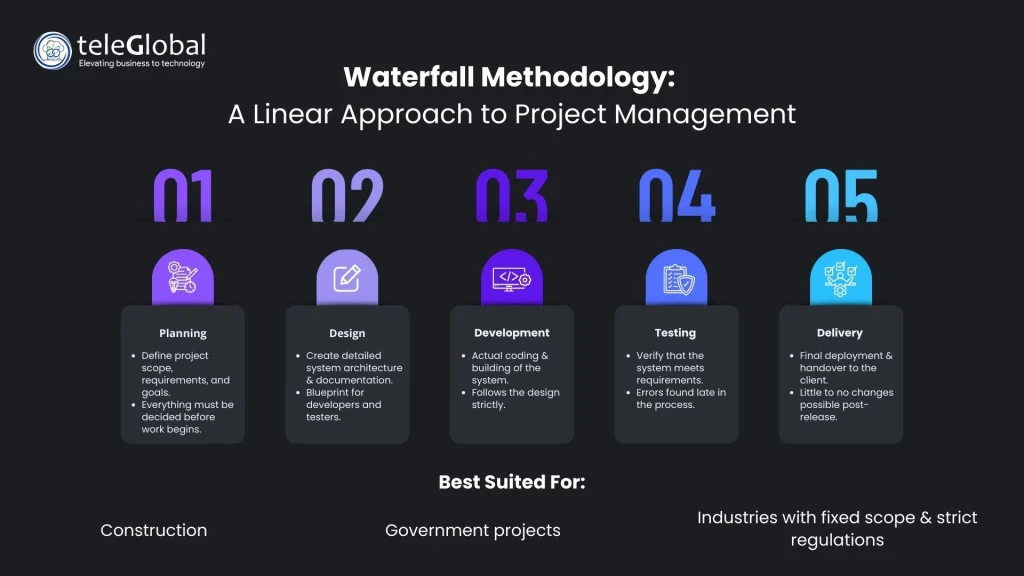
Waterfall is a linear approach. Each phase must finish before the next begins. Work flows in order, from planning to testing to delivery.
It is widely used in construction, government, and sectors where rules are strict. Waterfall offers predictability, clear schedules, and strong documentation. This makes it reliable for projects with fixed scope.
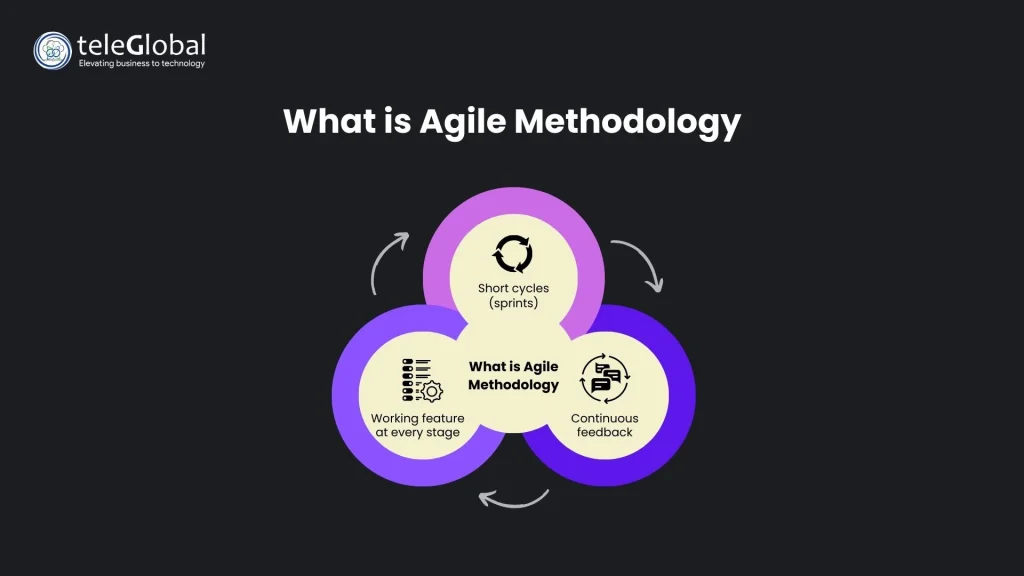
Agile breaks projects into smaller cycles called sprints. Each cycle delivers a working feature. Teams test and adjust based on feedback.
This method suits projects with changing needs. Agile project management is common in IT, product design, and software. It supports flexibility, speed, and constant improvement.
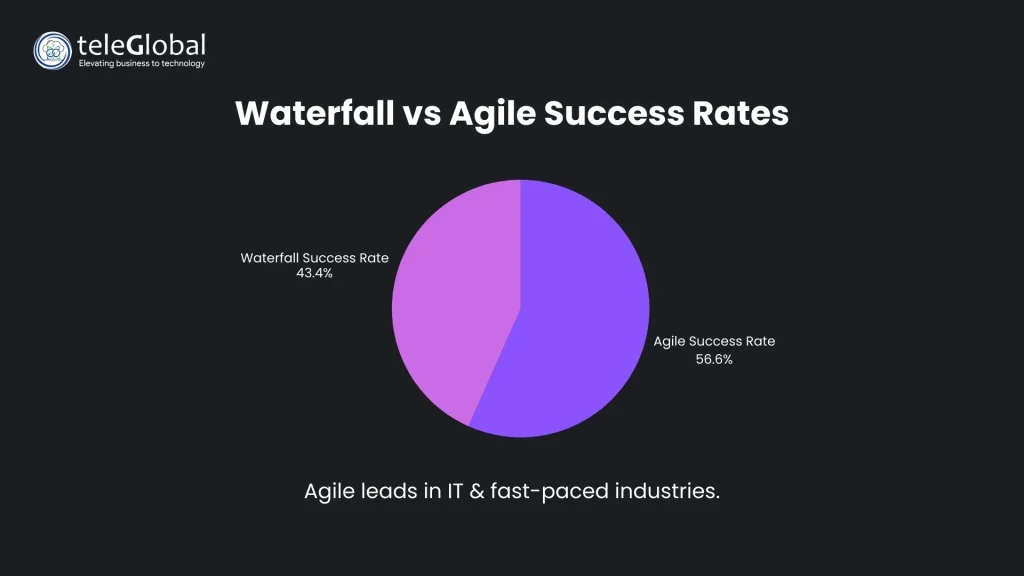
Reports show Agile delivers higher success. One study found Agile projects succeed 64 percent of the time, while Waterfall projects succeed 49 percent.
In IT, Agile methodology benefits in rapid development make it the leading choice. Still, Waterfall remains valuable where plans are stable and compliance is critical.
Waterfall works best when project details are fixed. Key strengths include:
Agile supports quick delivery and frequent feedback. Its strengths are:
Waterfall can be too rigid for projects that face changes. Issues include:
Agile also has challenges that teams must address:
For changing requirements, Agile often wins. It allows quick shifts, supports rapid updates, and reduces wasted effort.
Still, the best project methodology for evolving requirements depends on context. Hybrid models mix both approaches, combining Waterfall planning with Agile delivery.
Some firms combine both methods. They use Waterfall for budgeting and compliance, and Agile for design and development.
This gives the structure of Waterfall with the speed of Agile. Hybrid models are gaining use in healthcare, telecom, and IT.
Trends differ by region:
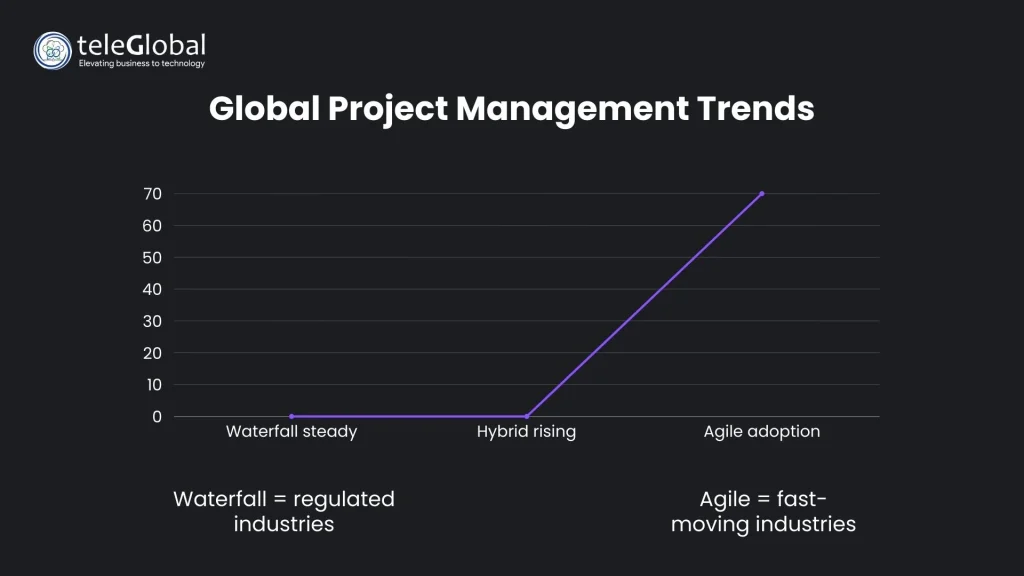
Agile use continues to rise. Studies show over 70 percent of firms now use Agile in some form. Hybrid use is also expanding as companies need both flexibility and control.
Waterfall remains important for large projects with stable needs. But in fast-moving sectors, Agile is becoming the standard.
Choosing between Waterfall vs Agile is not easy. Each has strengths and limits. At TeleGlobal, we help firms in India, US, UAE, and Europe select the right method.
Our experts review needs, industry rules, and project goals. Whether you need Agile project management, Waterfall planning, or a hybrid approach, TeleGlobal ensures success with the right model.
It is a structured way to plan and run projects.
It is a comparison of linear Waterfall and flexible Agile methods.
Agile speeds up delivery, reduces risk, and allows quick feedback.
Agile or hybrid models are often best for changing needs.
It is a method that uses short cycles and adapts to change.
When scope is fixed, budgets are strict, or compliance is required.
 close
close

Hi there! At TeleGlobal, we turn your cloud vision into AI-accelerated reality. What challenge can we help you solve?
Powered by ![]() teleBot
teleBot